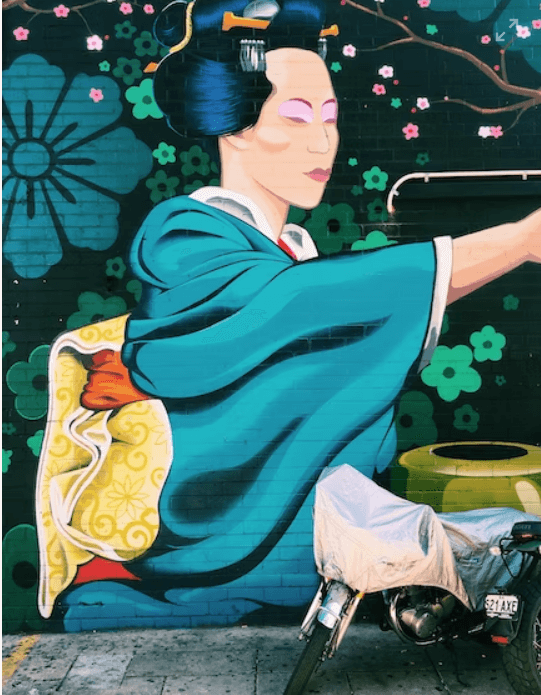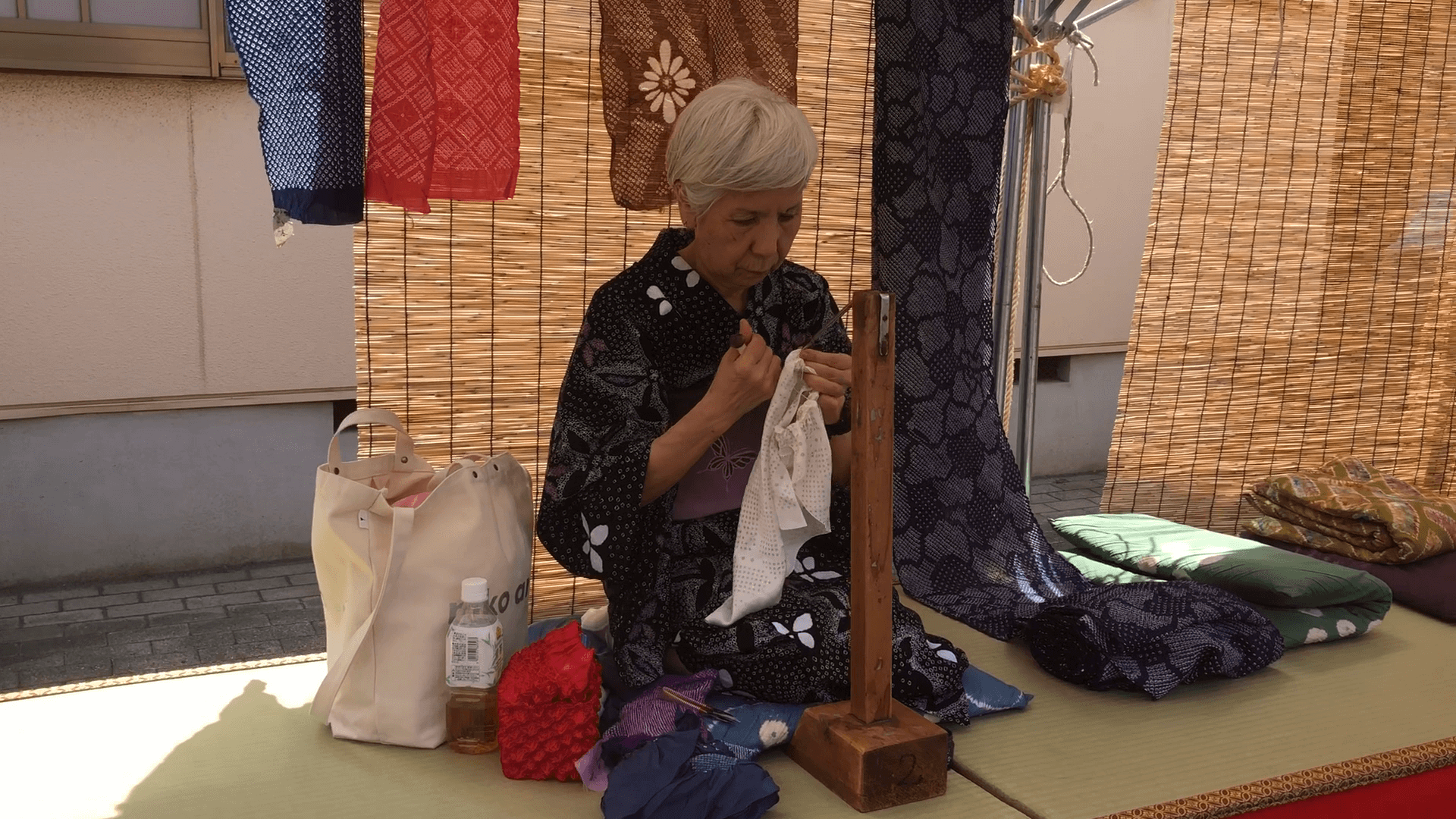Celebrating Japanese heritage through luxury hair accessories and other timeless creations crafted for beauty, meaning, and longevity

What is Arta Asiatica
Arta Asiatica is a celebration of Japanese artistry, blending heritage craftsmanship with modern elegance.
We create luxury hair accessories, along with select upcycled bags and clothing, using premium Japanese fabrics, including vintage kimono and obi. Each piece is thoughtfully designed to honor traditional techniques while offering timeless style for today. Our mission is to preserve the beauty and meaning of Japanese design, making it accessible to those who value quality, individuality, and cultural heritage.
How Arta Asiatica Started

Love for Traditional Japanese Art
Hi, I am Miyuki (read as “me-YOU-key”), founder of Arta Asiatica. I am from Nagoya, Japan. I love the city of Nagoya, which has a rich history, the culture of the Tokugawa era, and lots of tea ceremony events. It fills me with happiness to be around so many coffee lovers and, most of all, to visit Osu-Kannon.
This is the place where I came across Kimono Antiques. Filled with beautiful colors and patterns, each piece has its own story and drama. Some have a modern feel, while others fill you with nostalgia. Just by looking at them, you can experience the
flow of time.
There is a sense of elegance, a refined quality of gracefulness that is so appealing to me. This is the beauty of Japanese art design to me. It is just like the Japanese beauty ( 日本の美 ), the Yamato Nadeshiko ( 大和撫子 ), and the Samurai (侍); they are influential, clever, and strong. Arta Asiatica creates a unique way to express the style of traditional Japan to modern everyday life.

Life-Changing Event
In the southern part of Nagoya city, we have a small town called “Arimatsu,” famous for its kimono and textile wholesalers and “shibori” or tie-dye craftspeople. Arimatsu is renowned for high-quality shibori textiles, started in 1600 by eight families.
Not knowing any details about this town, I decided to visit and attend the Arimatsu Shibori festival one day. I noticed there are many older people making shibori textiles. Shibori crafters have a pattern that only they can make. This pattern has been taken over for hundreds of years from their families. Unfortunately, the younger
generation doesn’t want to inherit this traditional craft, and lots of patterns are gone.
On that same day, I met Mr. Murase, the creative director of the world-famous shibori textile fashion brand, “Suzusan”. He is the fifth generation who successfully continues their legacy. He explained to me how cheap mass production is killing craftsmanship
nowadays.
This encounter made me decide to create Arta Asiatica as a way to express the beauty of Japanese art all over the world by getting inspiration from artisans (including myself).
Our Values and Beliefs
We believe that fashion can be enjoyed in an ethical way. Human rights and the environment are being violated every day because of “Fast fashion,” which has to stop. By bringing awareness, we can make a wiser choice in what we buy, and YOU have the power to do that.
Also, we believe that doing business is the most sustainable way to drive impact into making a better world. For every piece you buy, we can donate a portion of net sales to Roomtoread to help children in developing countries focus on literacy and get gender equality in education to reach their full potential and contribute to theircommunity and the world.
We are committed to making a sustainable, versatile, and thoughtfully designed piece that’s good for both you and artisans. If you have seen “The True Cost” documentary about Fast Fashion, you might have questions as we do when it comes to how products are made, such as:
Who makes each piece? Are they in safe working environments, and are they paid living wages? Where is everything made? What materials are used, and from where are they sourced? ...and the list goes on.
We do our utmost to ensure complete transparency with what is happening behind the scenes. The relationships we built with artisans, designers, and suppliers are built upon trust, guaranteeing the beauty of Japanese art arrives at your doorstep in the most ethical way.
Our Social Responsibility
We believe in doing business in the most sustainable way to do our part to make the world a better place. That is why we donate 3% of our net profits to Room to Read, a global non-profit organization dedicated to creating a world free from illiteracy and gender inequality.
As a university student in 2014, I was introduced to Andrea Hirata, the author of The Rainbow Troops. The novel tells the inspiring autobiographical tale of ten students (nicknamed the Rainbow Troops) and two teachers in Indonesia to ensure the continuation of the children’s education.
I was inspired to help kids like those in the novel because I know that education is vital for providing children with more opportunities in their life. Education also helps young girls to have equal opportunities later in life. As someone who has experienced and seen these problems with my own eyes, I feel compelled to do what I can to make a difference.
Founded in 2000 on the belief that World Change Starts with Educated Children®, Room to Read is creating a world free from illiteracy and gender inequality through education. We are achieving this goal by helping children in historically low-income communities develop literacy skills and a habit of reading, and by supporting girls as they build life skills to succeed in school and negotiate key life decisions. We collaborate with governments and other partner organizations to deliver positive outcomes for children at scale. Room to Read has benefited more than 45 million children and has worked in 24 countries and in more than 213,000 communities, providing additional support through remote solutions that facilitate learning beyond the classroom. Learn more at www.roomtoread.org
